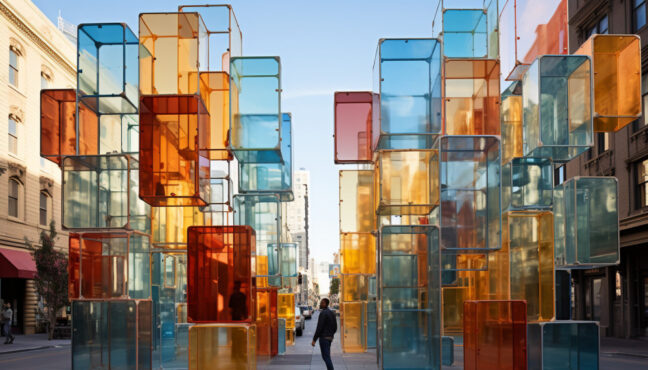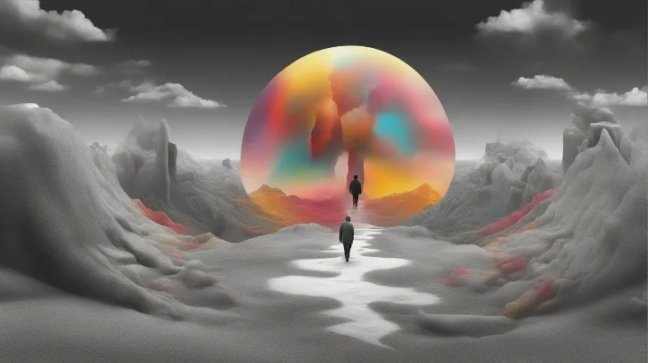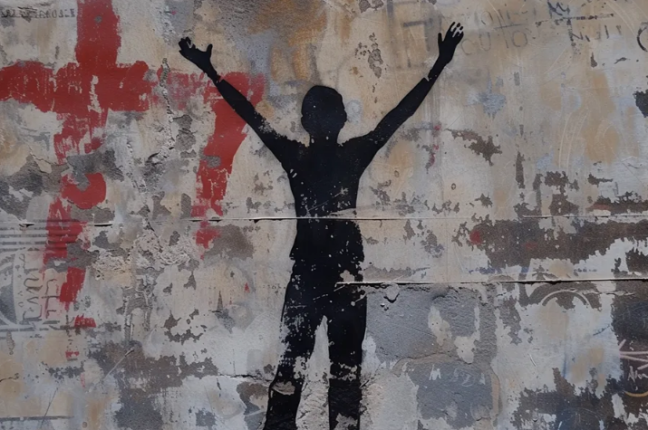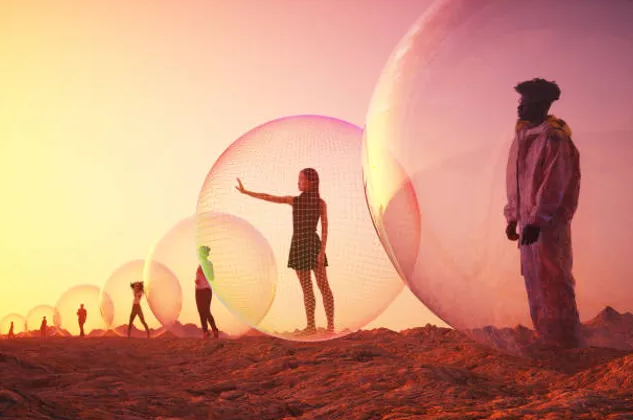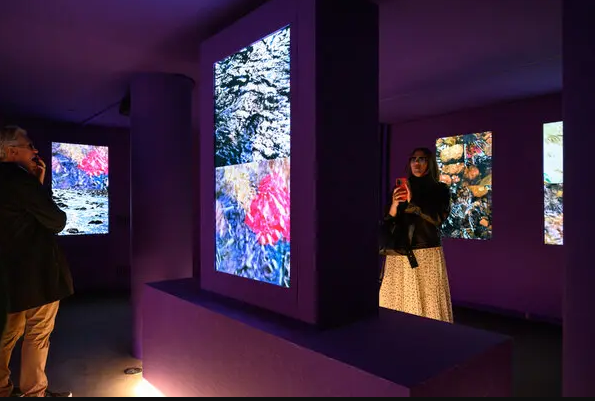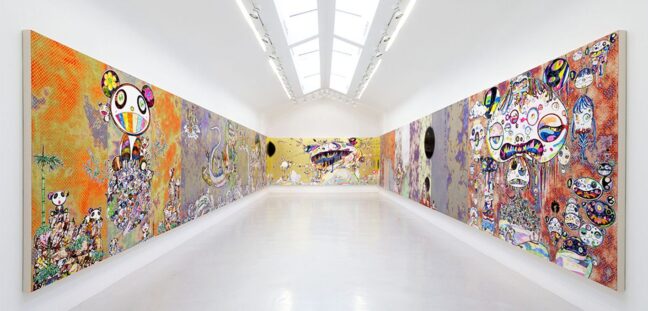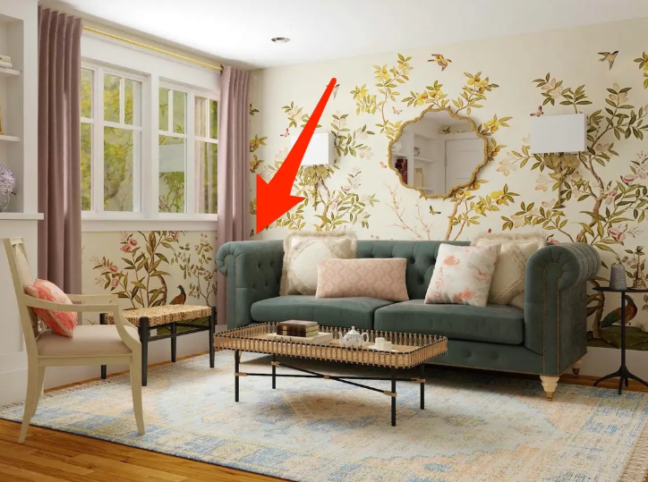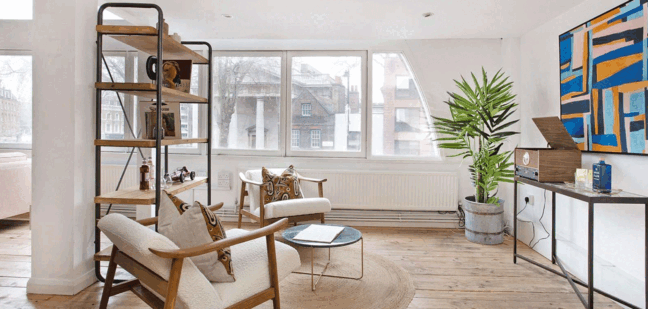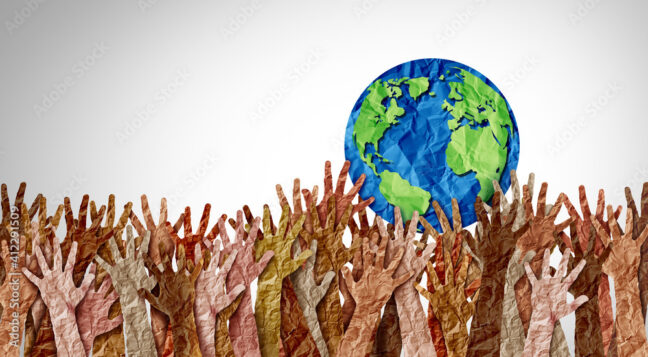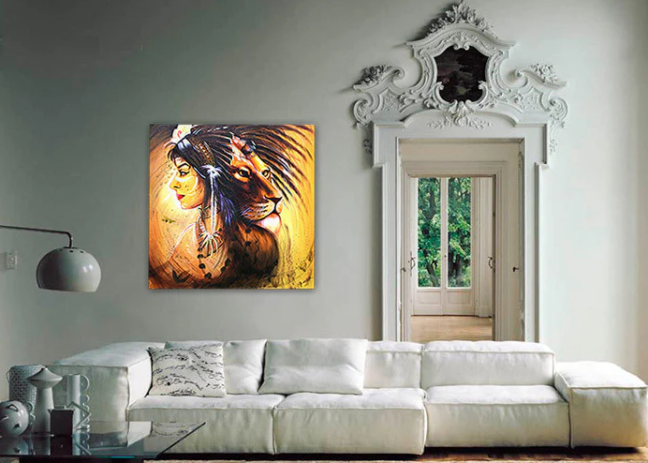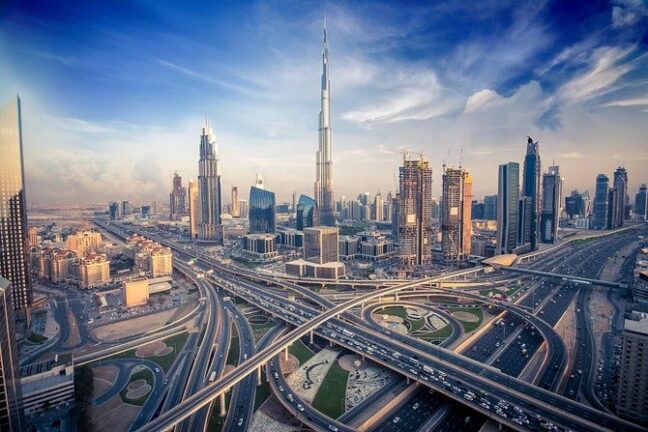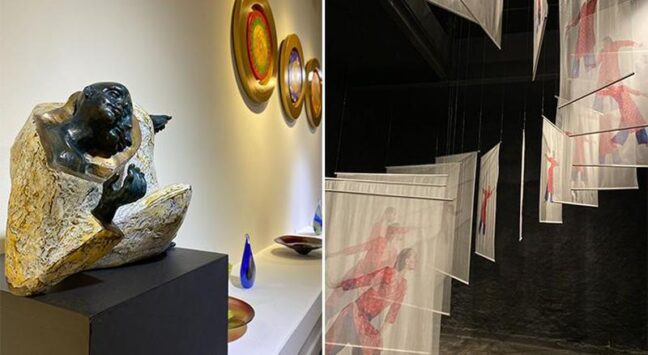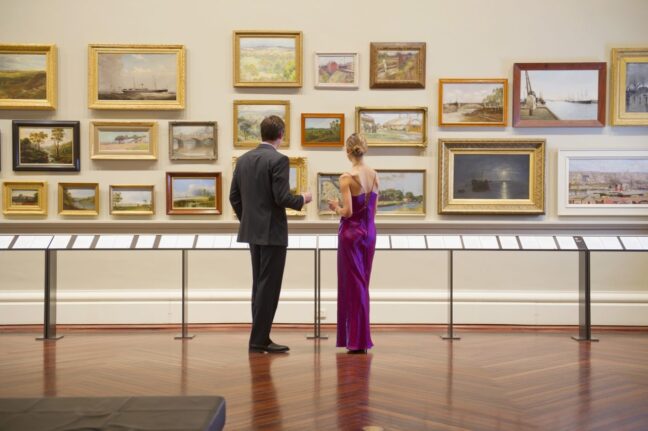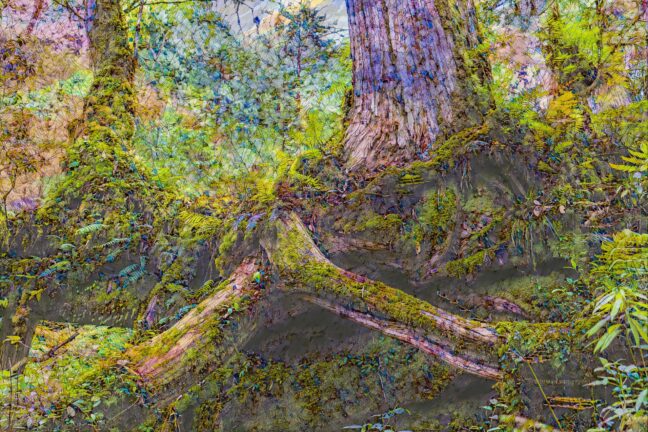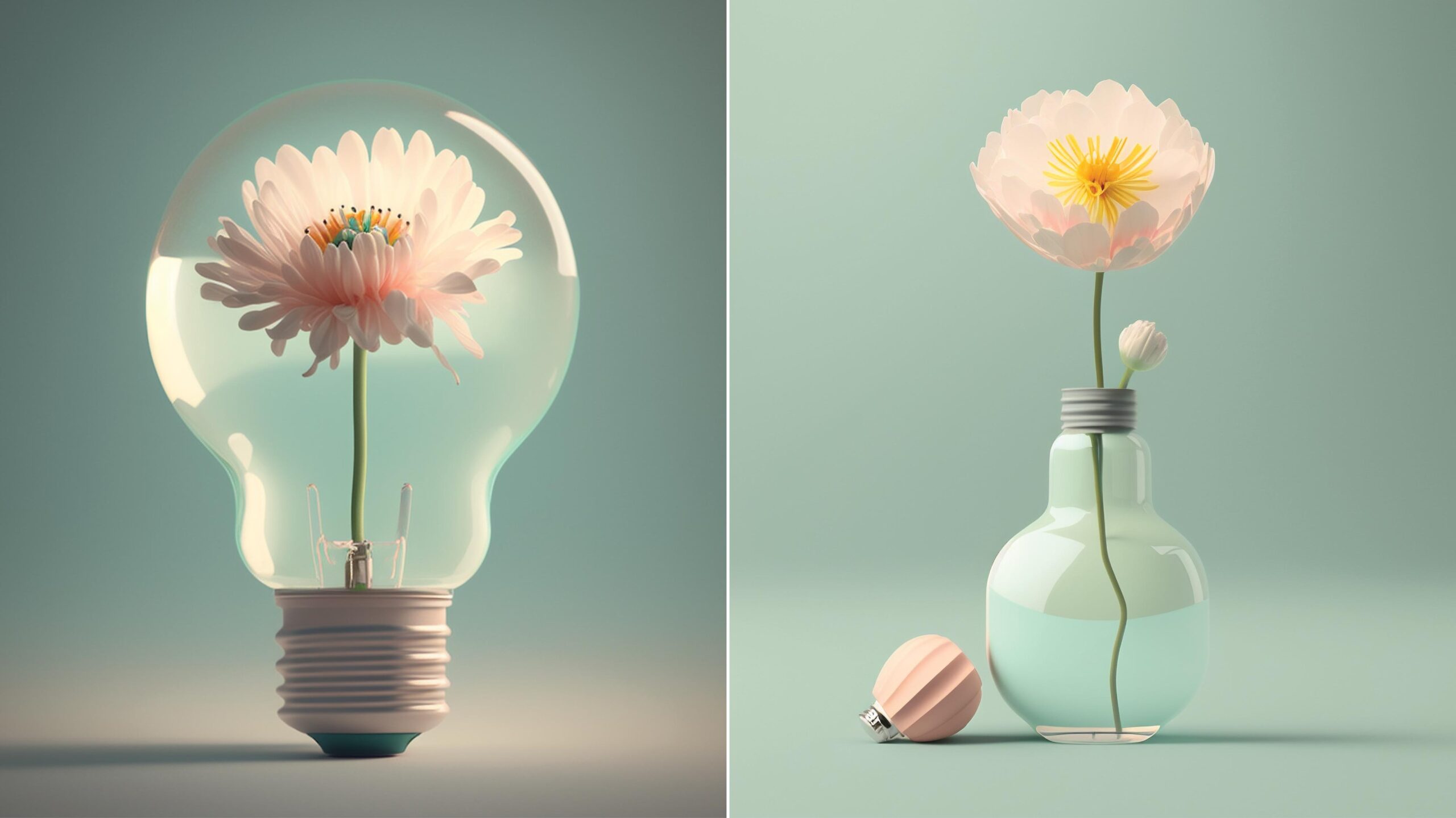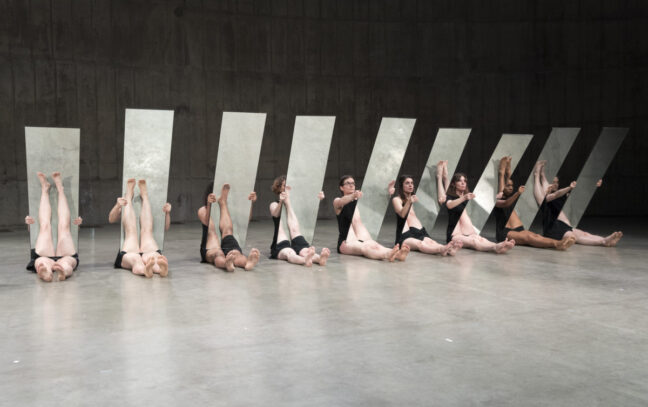Public art, encompassing a wide range of creative expressions displayed in public spaces, has a profound impact on communities worldwide. From murals and sculptures to installations and performances, public art serves multiple functions, enriching urban environments, fostering community pride, and provoking thought and dialogue. This blog post explores the various dimensions of public art and its significance in contemporary society says, Omar Hussain.
Enhancing Urban Environments
One of the most visible benefits of public art is its ability to enhance urban landscapes. Public art transforms ordinary spaces into visually stimulating environments, making cities more attractive and inviting. Murals on building walls, sculptures in parks, and installations in public squares add character and beauty to urban areas, often becoming landmarks in their own right.
For instance, the “LOVE” sculpture by Robert Indiana in Philadelphia has become an iconic symbol of the city. Similarly, Chicago’s Cloud Gate, affectionately known as “The Bean,” created by Anish Kapoor, draws millions of visitors each year, turning a public park into a cultural hotspot.
Fostering Community Identity and Pride
Public art plays a crucial role in fostering community identity and pride. It reflects the cultural, historical, and social values of a community, helping residents connect with their shared heritage. Local artists often collaborate with communities to create works that resonate with the people who live there, making public art a collective expression of local identity.
A notable example is the “Spirit of East Harlem” mural by Hank Prussing and later restored by Manny Vega in New York City. This mural celebrates the rich cultural heritage of the East Harlem neighborhood, depicting influential community members and vibrant scenes of local life. Such artworks help instill a sense of pride and belonging among residents
Provoking Thought and Dialogue
Omar Hussain: Public art often addresses social, political, and environmental issues, provoking thought and sparking dialogue among viewers. By placing art in public spaces, artists can reach a diverse audience, encouraging discussions on important topics and challenging societal norms.
Banksy’s street art, for example, frequently addresses themes such as consumerism, war, and environmentalism. His works appear in unexpected places, prompting passersby to reflect on the messages conveyed and often sparking widespread conversations both online and offline.
Supporting Economic Development
Investing in public art can also drive economic development. Art installations and murals can attract tourists, boost local businesses, and increase property values. Cities known for their vibrant public art scenes, such as Berlin, London, and Melbourne, benefit economically from the influx of visitors who come to experience their artistic offerings.
The Wynwood Walls in Miami is a prime example of this phenomenon. Once a neglected warehouse district, Wynwood has transformed into a major art destination thanks to its extensive collection of street art and murals. The area’s revitalization has led to a surge in tourism, new businesses, and increased economic activity.
Encouraging Inclusivity and Accessibility
Public art democratizes access to art by bringing it outside the confines of galleries and museums. It makes art accessible to everyone, regardless of their background or socioeconomic status. This inclusivity helps break down barriers and fosters a more inclusive cultural landscape.
Programs like the Chicago Public Art Program work to ensure that public art is accessible throughout the city, from downtown areas to underserved neighborhoods. Such initiatives emphasize that art is for everyone, enhancing cultural equity and inclusion.
Omar Hussain: Public art is a powerful force in modern society, enhancing urban environments, fostering community identity, provoking thought, supporting economic development, and promoting inclusivity. As cities continue to grow and evolve, the role of public art in shaping vibrant, dynamic, and inclusive communities becomes increasingly important. By investing in public art, we invest in the cultural and social fabric of our cities, creating spaces that inspire, connect, and enrich the lives of all who experience them.
